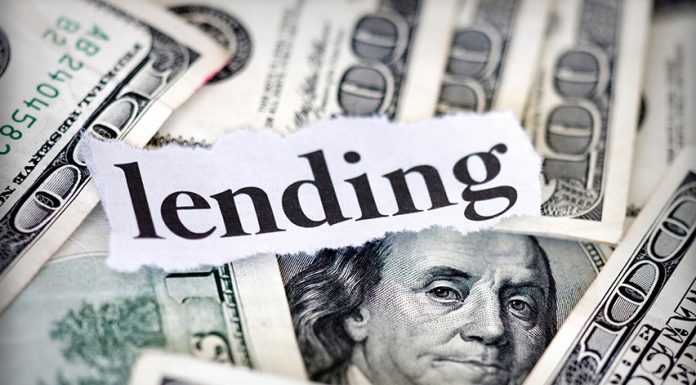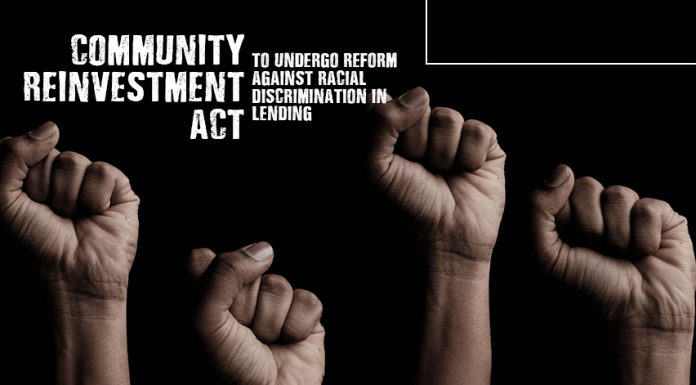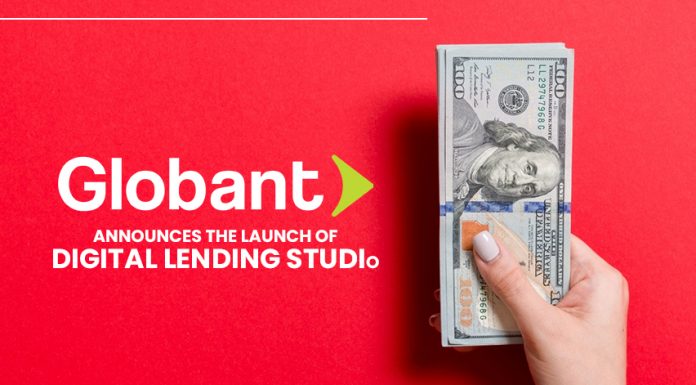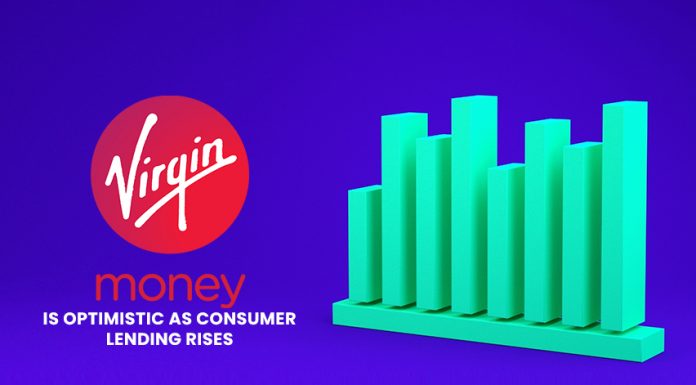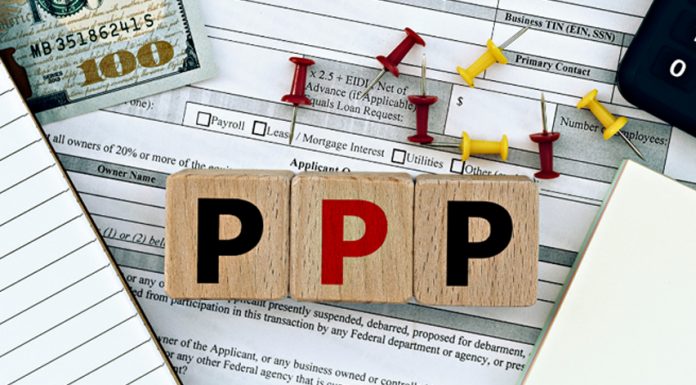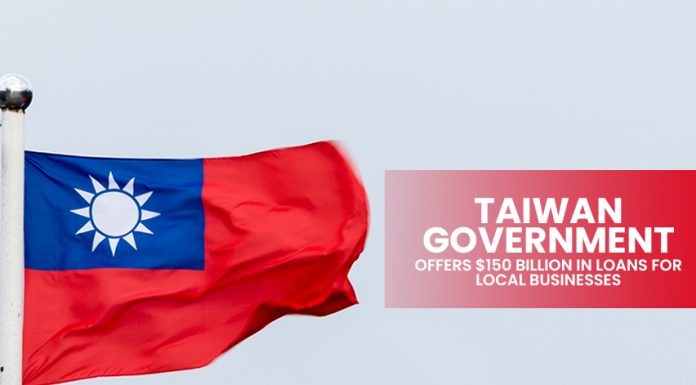Peer-to-peer (P2P) lending is set to be worth nearly $900 billion in 2024, according to a report by Transparency Market Research (TMR). TMR attributed the boom of the P2P lending industry on the advancement of technology, the aftermath of the 2008 global recession, and the increasing number of creditors who want to get a loan at minimal interest.
TMR also stated that small business entrepreneurs and college students are the most common P2P lenders. They benefit from securing P2P loans because of minimal interest rates and convenience in applying for loans. LendingClub,21 Funding Circle, CommonBond, Upstart Network, and Social Finance are some of the leading companies that offer this type of lending.
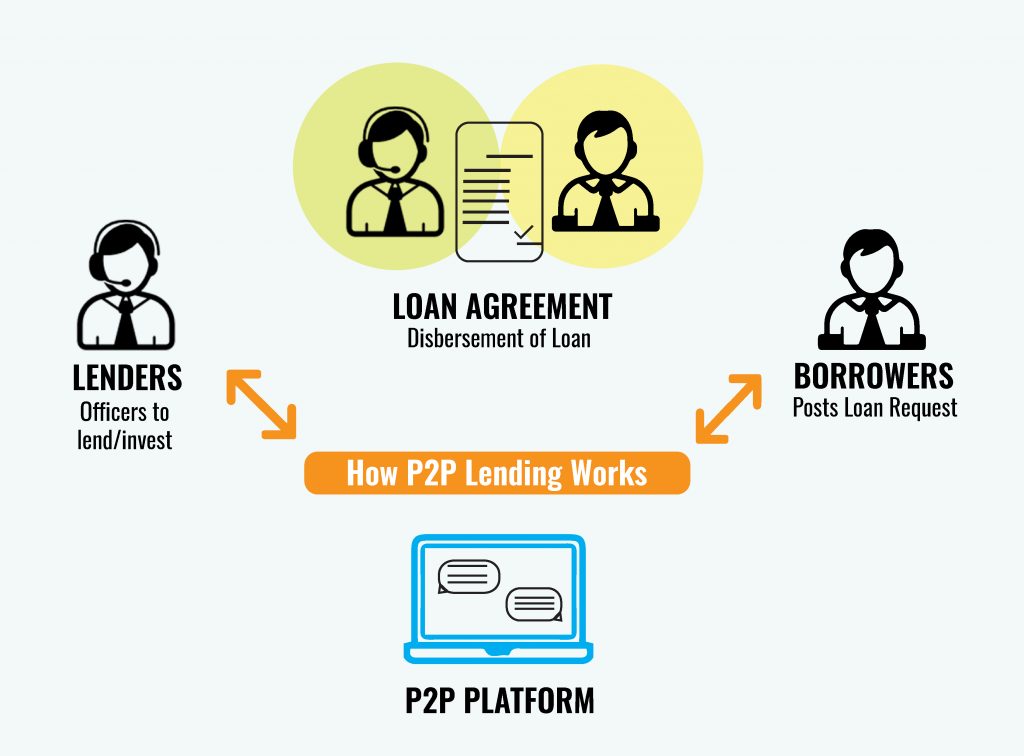
What is Peer-to-Peer Lending?
Peer-to-peer lending connects borrowers with lenders. This business model slashes down huge interests by banks and other traditional financing companies. The businesses offering this service act only as links and do not fund the loans. Most of these companies operate only on the internet.
This industry was born just a decade ago. In only a short period, the players are already making huge revenues. LendingClub, one of the pioneers, was valued $5.4 billion when it went public in 2014. Meanwhile, its rival Prosper was valued at $1.9 billion.
From the U.S., this business model has already spread in many countries in South America, Asia Pacific, Europe, Middle East, and Africa. It is also gaining traction in other OECD countries like Australia and Japan as well as in emerging economies like China, India, and Brazil. North America held the lion’s share in the industry in 2015, which comprised more than 43% of the total market.
Concerns in P2P Lending
As this industry is booming, analysts call for more regulation. Running this business model in the real world was complicated. Lenders are prone to default risks and profitability problems. Without strict government supervision in place, financial experts believe this financing model can lead to another economic disaster like the 2007 global financial recession. In fact, according to the Cleveland Federal Reserve, the loans generated by the P2P lenders show a resemblance to the subprime mortgages before the crisis.

